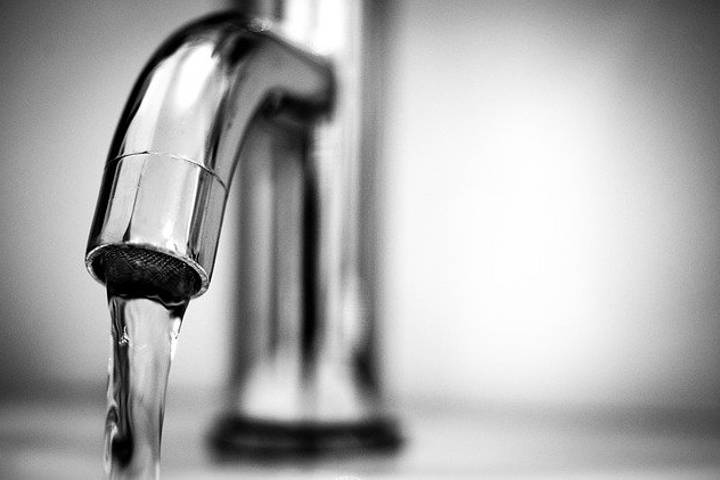
Some people like to keep their hot water pressure low, but most people prefer a strong, pressurized water flow, particularly when they’re taking a shower. So, what do you do if one morning, your hot water pressure is suddenly low? Well, the first step is to troubleshoot the problem to see if it’s something you can fix yourself or if you need to call in the professionals. Here’s how to troubleshoot low hot water pressure and come away with a likely diagnosis.
Check All Your Faucets and Water Outlets
The first step toward figuring out why you have low hot water pressure is to check every water outlet in your house, from your bathroom faucets to your toilet to your water heater. If the issue is in all of the outlets, it’s probably a temporary issue with your municipal water supply.
Check with your neighbors to see if they’re having similar issues. If they are, then contact your water company and ask them if there is a problem. They may not be aware of the issues your neighborhood is having, in which case, they can now figure out what’s going on and provide you with an estimate of how long it will be before it’s repaired.
If the problem is isolated to one water outlet, then it could be one of several issues:
- Your aerator could be clogged. This fix is simple because you can easily remove the aerator and clean it out. Let the faucet run for a few minutes without the aerator to fully flush any remaining debris. Once you replace the aerator, the pressure should return.
- Your PRV valve may be turned down. If the aerator isn’t the problem, check your PRV valve, which is a bell shaped component attached to your water line at the point where it enters your house. Turning it clockwise will increase the pressure.
- Your shut-off valve is slightly turned. Even a small turn of the shut-off valve can dramatically alter your water pressure. Make sure this valve is fully open.
- Your hot water heater is failing. If you check your hot water heater and it has pressure in the cold line, but not the hot line, your hot water heater is likely failing. Since hot water heaters can be dangerous, it’s best to contact a professional to have it inspected.
Check for Water Leaks
You might go through all of the above tasks and discover you still don’t have water pressure in one or more outlets. At this point, you need to look for a water leak. Leaks can spring up suddenly, which can cause an immediate corresponding decrease in water pressure. Unfortunately, if a leak is bad enough to cause a decrease in pressure, it’s probably a fairly major leak.
If your water pressure is low in one outlet, it’s likely that the leak is either in the equipment itself or in a pipe in that room. For example, if you don’t have pressure in one bathroom, the leak could be in the wall, around the faucet, or under the sink. It shouldn’t be hard to find, but it might be hard to repair. In many cases, you’ll want to contact a professional to fix a leak of this size.
Mineral Deposits
Older houses with galvanized pipes often experience mineral deposit buildup that can restrict waterflow. Most frequently, the deposits are calcium, but they can also be made up of other minerals like magnesium or potassium. No matter what the mineral is, though, the result is the same. When the accumulated deposits make the pipe’s diameter smaller and smaller until only a trickle of water can get through.
While newer pipe materials like copper and PVC can be cleaned so that the deposits are removed and the water flow restored, galvanized pipe cannot be cleared of these deposits. They must be replaced. Unfortunately, this can be a substantial and expensive project, but replacing your galvanized pipes will only benefit you in the long run. You’ll want to contact a professional to inspect your pipes to verify the presence of mineral deposits and make a recommendation.
You’ll know that you have a problem with mineral buildup because before you lose water pressure, you’ll probably have issues with clogged aerators and shower-heads as pieces of the mineral deposits break off from the pipes and travel to your faucets. Additionally, you probably won’t experience a sudden drop in water pressure, but it will decrease over time.
Conclusion
We often take strong water pressure for granted, so when it suddenly goes missing, we want to know why. Following these troubleshooting steps for low hot water pressure can help you get closer to an answer and a solution.
We hope you found this blog post about Troubleshooting Low Hot Water Pressure, useful. Be sure to check out our post Try These Easy Hacks to Fix a Leaking Shower for more great tips!
Have Experience in the Moving Industry? Want an Additional Income Stream? Work With All Around Moving!
Partner with us and we’ll help you profit. Click here to learn more.





